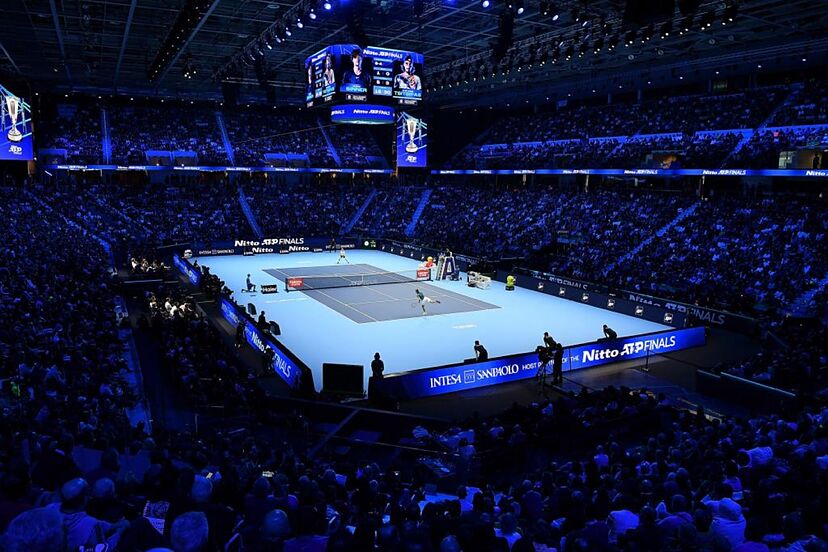
The ATP Finals, also known as the Nitto ATP Finals for sponsorship reasons, represents one of the pinnacles of professional men’s tennis. This elite tournament brings together the top players from the ATP Tour and serves as a showcase for the best talent in the sport. With intense competition, high stakes, and a thrilling atmosphere, the ATP Finals offers fans an unforgettable experience. In this blog post, we will delve into the history, format, notable moments, and significance of the ATP Finals kubet
History of the ATP Finals
Understanding the ATP Finals necessitates a look back at its rich history and evolution. Originally established in 1970, the tournament has undergone several transformations to become the prestigious event it is today.
The Origins of the Tournament
The concept of the ATP Finals was birthed from the need for a year-end championship that could crown the best player in men’s tennis.
Over the years, the structure of the tournament has changed significantly. Initially named the “Masters Grand Prix,” it featured only eight participants. As interest grew and the competitive landscape evolved, so did the tournament’s scope.
The inaugural event saw great players like Rod Laver and Arthur Ashe competing. The early format allowed for a strong foundation to build upon, setting the stage for future iconic matchups and legendary performances.
Evolution Through the Decades
Throughout the 1980s and 1990s, the ATP Finals began to gain traction, with more prominent players joining the fray.
With the introduction of new rules and regulations, including the round-robin format in the late 1990s, fans witnessed dramatic shifts in how matches were played. This new format allowed players to compete against multiple opponents, increasing the excitement of the tournament.
As the ATP Finals moved through the decades, it became a critical component of the ATP calendar. The tournament not only recognized individual excellence but also underscored the fierce rivalries that define the sport. Iconic players like Pete Sampras, Andre Agassi, Roger Federer, and Rafael Nadal have added their names to the illustrious list of champions.
Modern-Day Significance
In recent years, the ATP Finals have solidified their place as a cornerstone of professional tennis.
The introduction of lucrative prize money and ranking points has made the event even more appealing to players. Competing in such a prestigious tournament often serves as a career highlight for many athletes.
Additionally, the ATP Finals have expanded their global reach, moving to various international venues. Cities such as London and Turin have hosted the tournament, each bringing its unique flair and audience engagement.
As the ATP Finals continue to evolve, they remain a testament to the sport’s enduring appeal and the unyielding spirit of competition.
Format of the ATP Finals
The format of the ATP Finals is crucial to understanding how the tournament operates and why it draws such exceptional talent. It is structured to maximize competition among top-ranked players while ensuring every match carries significant weight.
Round-Robin Stage Explained
One of the standout features of the ATP Finals is its round-robin format during the group stage.
This system sets it apart from traditional knockout-style tournaments. Players are divided into two groups, each containing four competitors. Each participant plays against every other member in their group, which ensures that performance consistency is vital.
The matches are played over several days, with each win contributing to a player’s overall ranking within the group. Only the top two from each group progress to the semi-finals, amplifying the tension and anticipation as the event unfolds.
This format creates various storylines throughout the tournament, as fans can witness both expected victories and shocking upsets.
Importance of Player Seedings
Seeding plays an essential role in determining the matchups and overall dynamics of the ATP Finals.
The top eight players qualify based on their performance throughout the year, leading to heated battles between the best in the world. The seeding system is designed so that the highest-ranked players don’t face each other in the initial group stages, which helps maintain a level of unpredictability.
However, the pressure of being a top seed can be overwhelming. Expectations weigh heavily on these athletes as they strive not just to advance but to assert dominance over their peers.
The Knockout Phase
After the round-robin stage concludes, the attention shifts to the knockout phase.
The semi-finals feature the top two players from each group, creating an electrifying atmosphere as they vie for a chance to compete in the finals. This stage is where legends are made and rivalries ignite, as every point is intensely contested.
The final itself becomes the ultimate test of skill, endurance, and mental fortitude. Players must cope with the immense pressure of performing on such a grand stage, knowing that victory or defeat can profoundly impact their legacy.
The entire tournament culminates in this final match, encapsulating the thrill and passion that defines the ATP Finals.




